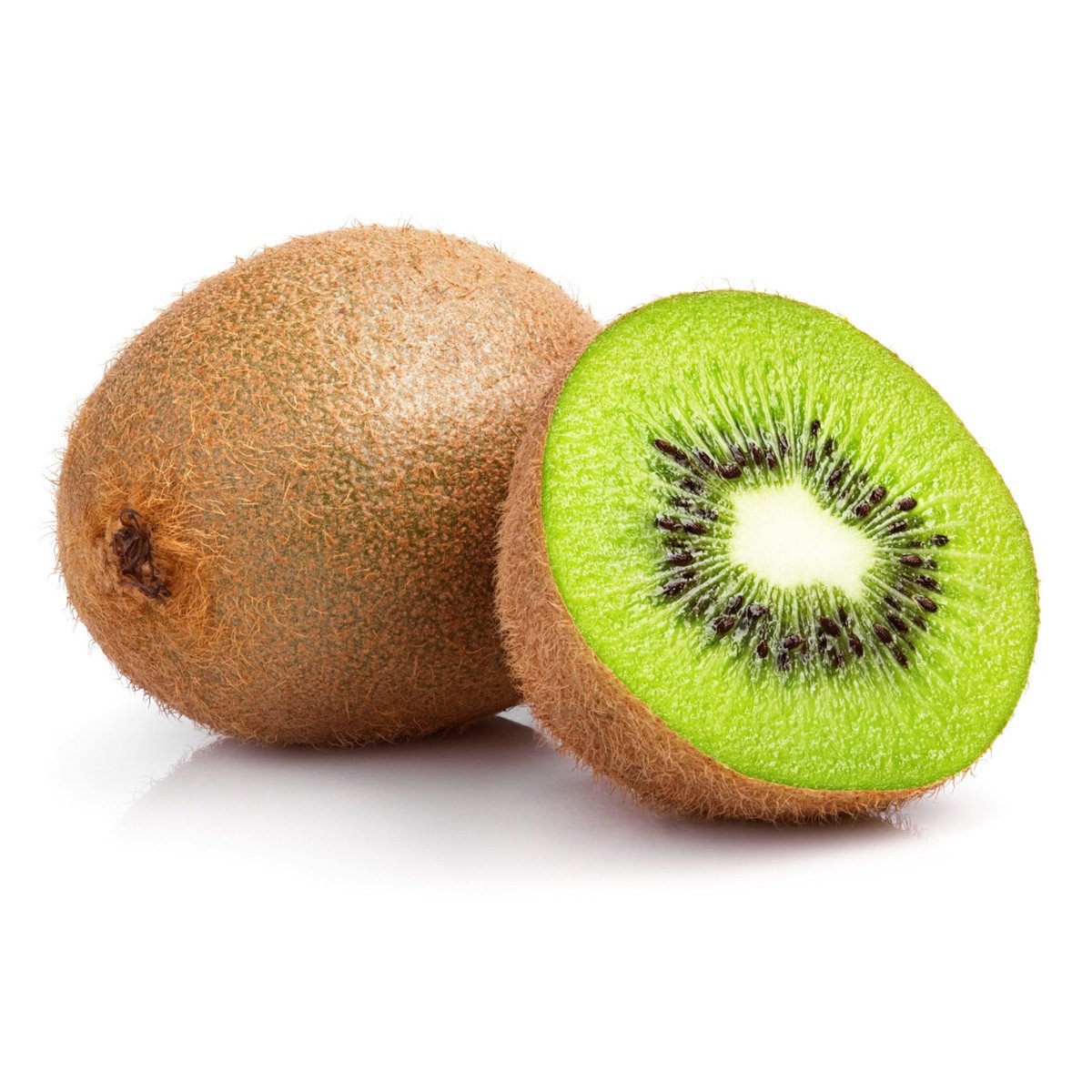Kiwi

Kiwi
Actinidia deliciosa / chinensis
Plant family
Chinese Gooseberry family (Actinidiaceae)
Season Overview
Planting
Harvest
Harvest
J
F
M
A
M
J
J
A
S
O
N
D
1ST YEAR
FOLLOWING YEARS
Details
Light requirement
Semi-shaded
Water requirement
Wet
Soil
Medium (loamy)
Nutrient requirement
Medium
Plant distance
200 cm
Row spacing
200 cm
Seeding depth
15 cm
Instructions
Description
The kiwi is part of the Actinidiaceae family. It is also called Chinese gooseberry. There are several species: the large hairy kiwi (Actinidia deliciosa), the slightly less acidic, smooth-skinned Actinidia chinensis with yellow flesh, and the kiwi berry or mini kiwi (Actinidia arguta). Frost Sensitive. Kiwis are dioecious so, except for a few cultivars, bear only male or female flowers on one plant. The fruits are brown-haired, cylindrical, large berries, with greenish-whitish or golden flesh and small, black seeds. The taste is sweetish-acidic.
Origin:
China
Growing tips
Since kiwis are climbing plants, they need a climbing framework. Does not tolerate calcareous soils and needs a warm, not full sun location. Male and female plants are best set both to ensure better fertilization. Amend with compost before planting in soil. Mulching will keep moisture in the soil. Set as deep as it was in the pot. Water regularly during the summer. Harvested fruit will ripen if severe frosts occur and must be harvested. In winter, protect from frost by brushwood or similar, it is best to choose a hardy variety in cold regions. The plants are propagated by cuttings. Put bee-friendly shrubs nearby leads to better fertilization. Until fruits actually form, it may take a few years to parts.
Companion Plants
Antagonistic Plants
Diseases
Root Rot
Grey mold
Downy mildew
Powdery mildews
Pests
Spotted wing drosophila
Schildläuse
Aphids